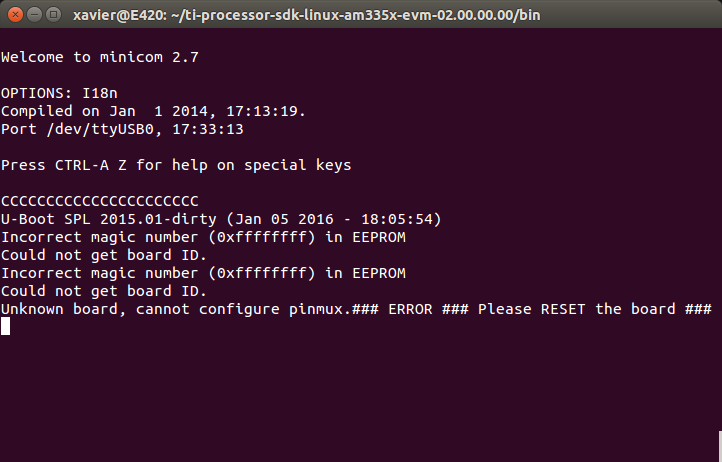Hi,
I am currently making a hardware board with reference to Beaglebone Black. The entire BBB schematic is duplicated and linked with other components on a single PCB board. All parts are directly other from suppliers.
However, after the board is assembled, it is not able to boot any Linux OS, neither from SD or USB.
I have tried to load a sample demoLEDblink program into SD card and it works.
May I know why Linux is not booting or is there preparation work to be done for the AM3358 CPU?
Thank you!
Xavier


